By Amirhossein Rahnavard
In this article, we’ll take a quick look at the history of the Mafia and what we can expect from this new game.
A Quick Overview
The Mafia series stands as one of the most renowned franchises in the action-adventure genre, deeply rooted in crime stories. Ever since the first installment was released in 2002, it’s managed to capture the hearts of many fans. It’s known for its rich storytelling, deep character development, and expansive open worlds that, despite having certain constraints, have often been inspired by past decades and the Mafia era in the United States. Each game has made an effort to immerse players in history, inviting them into realistic and historically rich environments.
The first entry took players to the golden age of crime in 1930s America, introducing them to the fictional city of Lost Heaven, inspired by places like Chicago and New York. It gained praise for its engaging story and its detailed, atmospheric world. Mafia 2, released in 2010, brought improved graphics and gameplay, taking players to the 1940s and 1950s in Empire Bay, a city drawing from the aesthetics of New York and San Francisco.
Mafia 3, which came out in 2016, shifted the timeline to the 1960s in New Bordeaux, inspired by New Orleans, offering a darker and more intricate story that delved into issues of racial discrimination and political corruption. Now, we’re gearing up for an entirely new adventure, this time right in the heart of Sicily—a journey that promises to bring us closer to the mysterious and complex world of the Mafia while also letting us experience the beauty and shadows of this historic island.
Mafia: The Old Country sets the stage for an experience that draws us closer to the true roots of organized crime, placing players in one of the most genuine and intense criminal settings in history. Get ready to step into Sicily, where every alley has a story to tell, and every choice carries a weight of consequence.
First, let’s explore where the Mafia began.
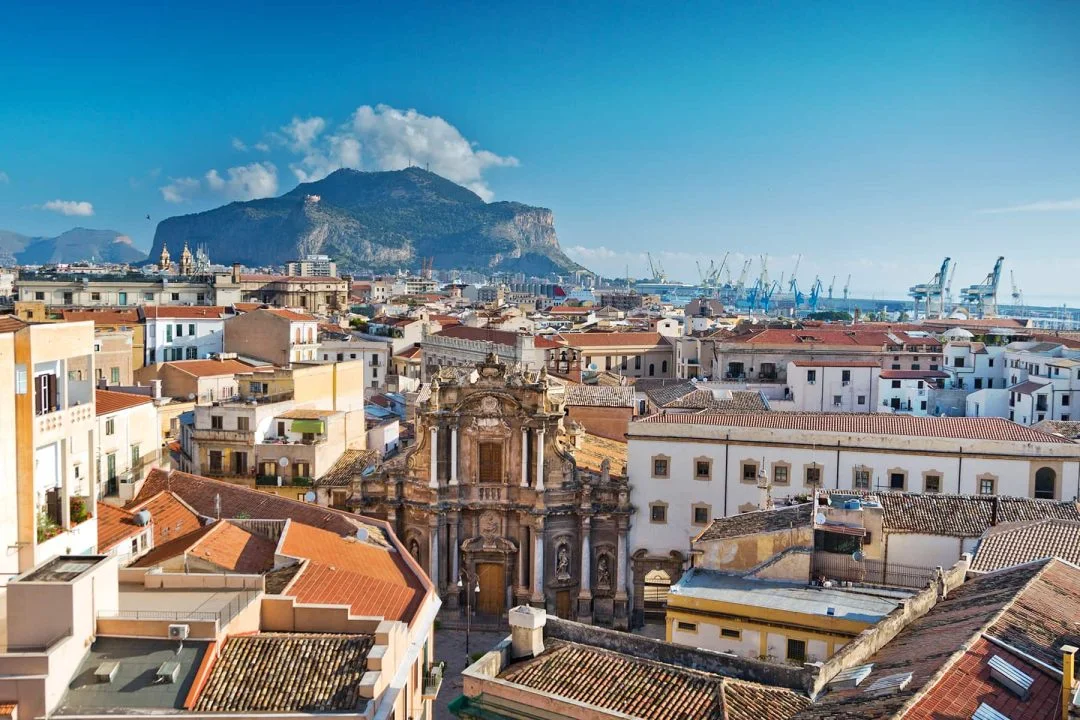
Sicily: The Cradle of the Mafia
The Mafia emerged as a well-organized phenomenon in the late 19th and early 20th centuries on the island of Sicily, in southern Italy. This region, due to its strategic location, was often subject to invasions and control by different powers, which laid the groundwork for a local power structure that would later evolve into the Mafia.
Sicily was largely agricultural, dominated by powerful landowners, while farmers and laborers lived in harsh, often unfair conditions. Due to the weakness and corruption within the central government, the people were often left without any support. This power vacuum allowed local groups to step in, initially providing protection for the landowners’ interests but gradually gaining power themselves.
In the beginning, the Mafia mainly acted as protective groups, safeguarding agricultural lands and products from thieves. Over time, however, these groups transformed into the main sources of fear and intimidation.
The Mafia used tactics like extortion, threats, and violence to gain control over society. A key factor in their rise was the weakness of the central government and the lack of effective law enforcement, which allowed them to spread unchecked. They quickly embedded themselves in Sicilian society, engaging in various illegal activities while also wielding considerable influence over the community’s social and economic structures.
They established themselves as a dominant force by creating networks of loyalty, operating on principles like “Omertà” (the code of silence) and family loyalty. As Sicily was distinct from the rest of Italy, the Mafia could grow on the island, functioning almost like a shadow government.
Wealthy landowners and other influential figures began relying on the Mafia rather than the government to resolve disputes. This allowed the Mafia to take control of trade, politics, and even the legal system in the region.
Facing More Limitations
Mafia: Old Country, set in Sicily, is likely to offer players many challenges. One potential limitation comes from the historical and geographical realities of Sicily. During that period, Sicily was relatively isolated with limited infrastructure, meaning access to weapons, vehicles, and other resources could be scarce. The island’s strong Mafia culture and strict local laws might also require players to operate more discreetly, relying on stealth and negotiation instead of brute force.
Moreover, the close-knit communities of Sicily make it easier for enemies and local law enforcement to identify and pursue the player, which may limit the freedom of movement and demand a more strategic, stealthy approach. Since Sicily is an island, players could also encounter geographical constraints, making it harder to escape or relocate quickly.
Communication was another challenge in that era, as information wasn’t as accessible as today. Players might have to depend on local contacts or specific methods to gather crucial intelligence, adding another layer of difficulty to the game.

We may have less action
The Joy of Conquest
The game Godfather 2 introduced an innovative feature with its crime ring system, allowing players to expand their criminal empire by managing a network of businesses and illegal operations. This system genuinely put players in the role of a Mafia don, not just completing missions but also running a dynamic criminal organization.
Bringing a similar system into “Mafia: Old Country” could let players control various operations like extortion and gambling. It would enable them to explore different strategies, either using force to eliminate rivals or forming alliances with other criminal groups. These decisions, with their consequences, would help shape a unique storyline for each player.
The crime ring system could also keep the gameplay exciting and diverse, shifting from taking over a nightclub one moment to planning a bank heist the next. It ensures that the game stays fresh, dynamic, and engaging.
An added benefit of this system is the sense of power and control it offers. As their empire grows, players gain more influence in the world, making them feel invested in defending and expanding their territory.
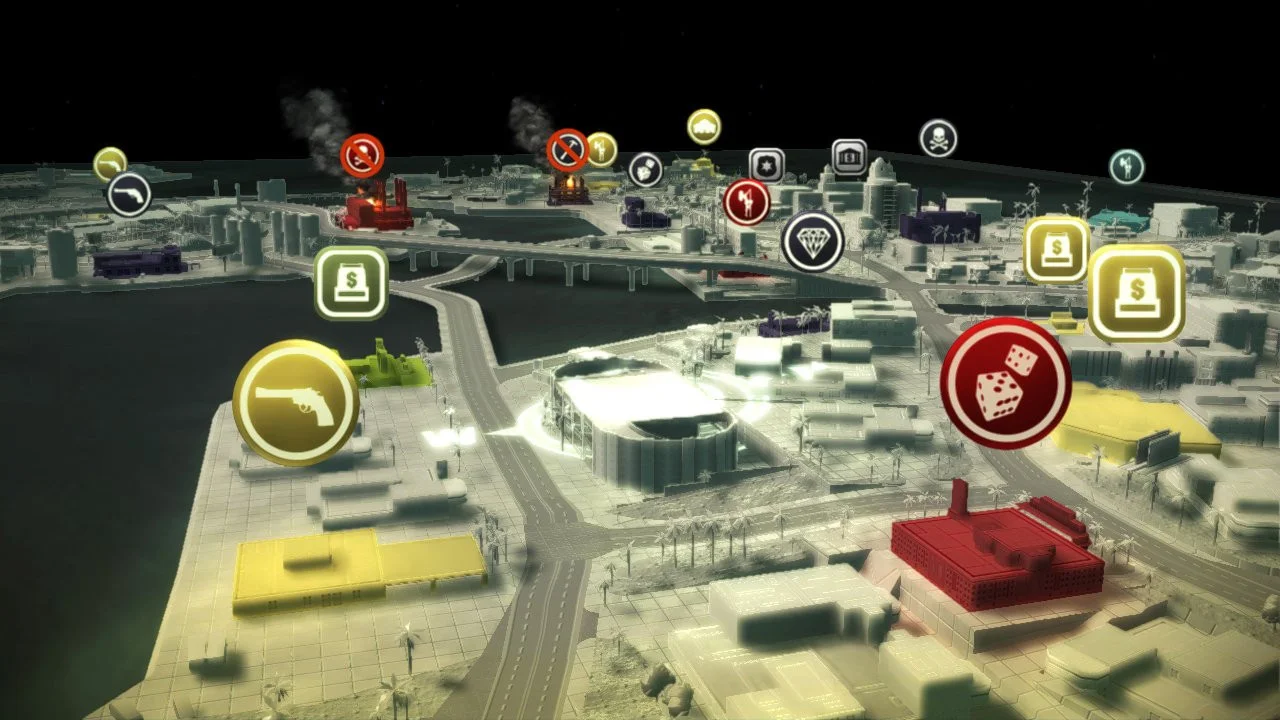
The Don’s View system would be interesting in a new Mafia game
1900 and the Rise of the Demons
One of the reasons for the Mafia’s power during this period was the dependence of many politicians and officials on them. By offering financial support and protection, the Mafia helped politicians stay in power, and in return, these officials ignored their illegal activities. This allowed the Mafia to become a hidden force that dominated many parts of Sicily.
Meanwhile, a wave of Sicilian emigration to the United States began. As poverty forced many to leave, Mafia members seized the chance to build new criminal networks in cities like New York, Chicago, and Boston, eventually growing into major criminal organizations in the U.S. This migration expanded the Mafia’s influence beyond Sicily, making it an international force.
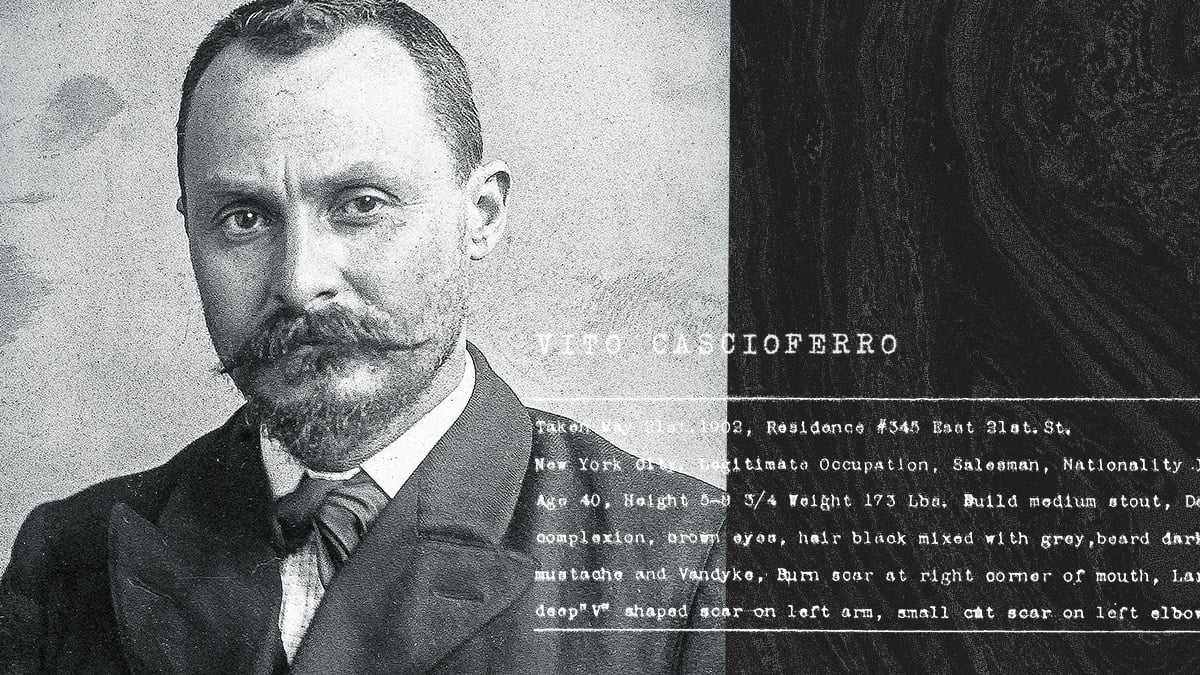
One of Vito Cascio Ferro’s most significant contributions to the Mafia world was his systematic approach to organizing crimes. He established a structure that allowed the Mafia to have extensive control over landowners, farmers, and even local politicians through fear and violence. Cascio Ferro also played a vital role in developing modern Mafia techniques, establishing networks that facilitated more effective cooperation among different Mafia groups.
Systematic assassination and violence were among the Mafia’s primary tools for maintaining power and control over their areas of influence. Even when legal actions were taken against the Mafia, any judge handling the case often faced harsh consequences. The Mafia regularly used assassination and intimidation to eliminate threats, whether they came from internal rivals or external enemies. Those who defied Mafia orders, whether individuals or entire families, were swiftly met with ruthless violence.
This violence wasn’t just a means of removing opponents—it was a clear and unyielding message: “Defying the Mafia will result in severe and merciless punishment.” This policy of systematic violence allowed the Mafia to maintain dominance over the Sicilian population and silence any opposition. Many witnesses to Mafia crimes chose not to testify out of fear, enabling the Mafia to continue its criminal activities without fearing prosecution.

Mafia is a business
Flexibility in Relationships
An engaging feature in this game could be the ability for players to interact and negotiate with various Mafia families. This would let players make strategic choices, shaping their journey and influence in this complex Mafia landscape.
Relationships among Mafia families are pivotal, and this dynamic can be well-reflected in “Mafia: Old Country.” As a member of a family, players could have the chance to broker deals, form alliances, or declare rivals among other families. These negotiations might encompass business agreements, military support, territory division, or even temporary partnerships against shared enemies.
An important aspect of these games is the moral and strategic choices players must make. They can decide which families to ally with and which to consider enemies. These decisions are based on the potential gains and losses from each deal, impacting the long-term narrative and the player’s power.
The mechanics of these negotiations can be dynamic and complex, requiring players to understand the needs and weaknesses of each Mafia family. Negotiations could involve threats, bribes, false promises, or even displays of loyalty. Every decision a player makes can lead to unexpected consequences, steering the story in various directions.
One of the most intriguing aspects of such a system is that players can not only interact with different Mafia families but also secretly and cunningly betray some families or even incite conflict between two families. This opportunity allows players to take on the role of a power broker in the Mafia world, capitalizing on every chance to strengthen their position.
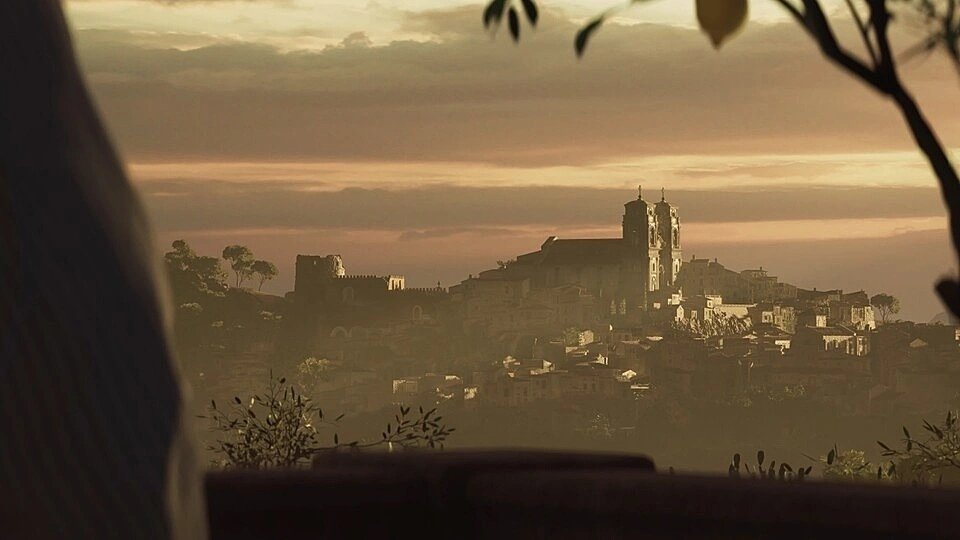


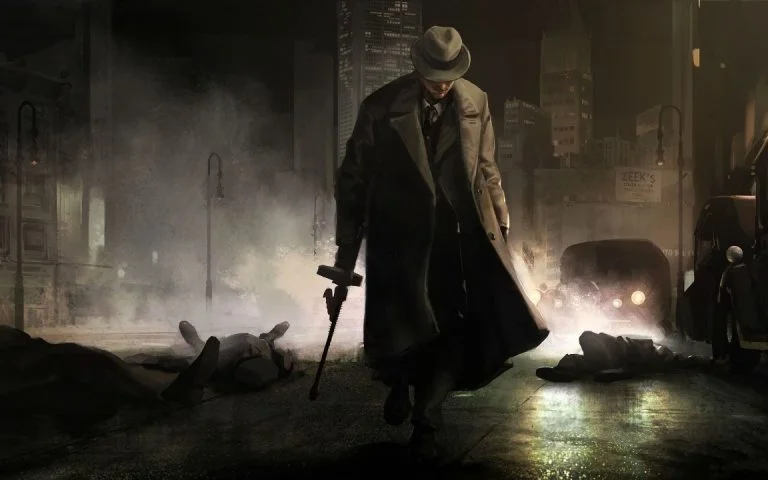
Comments